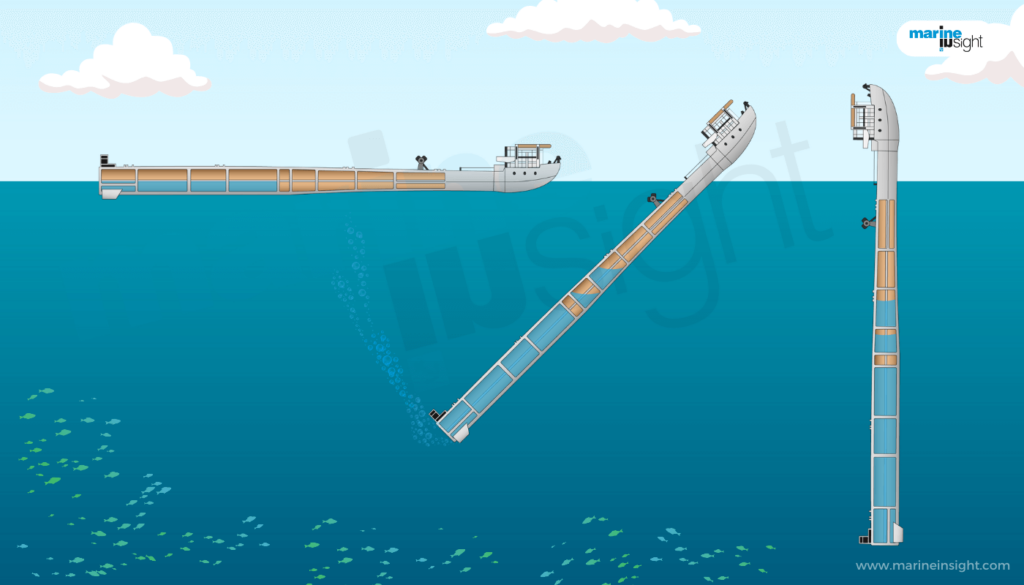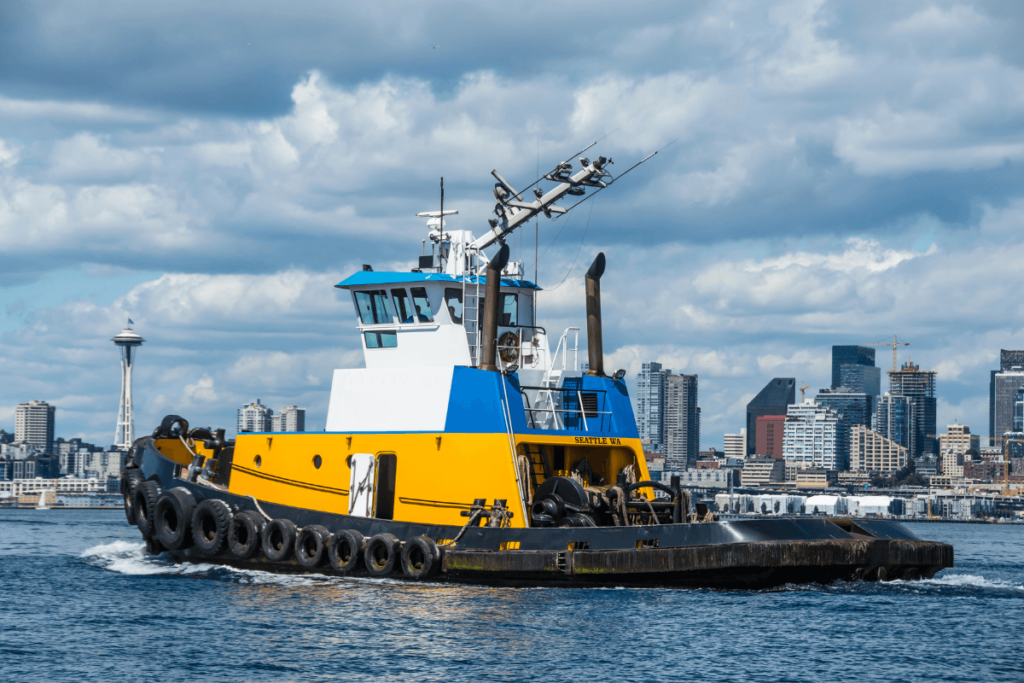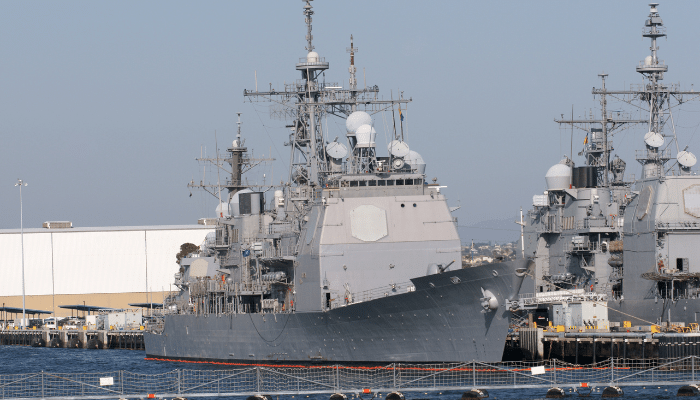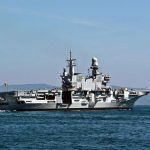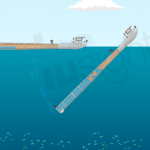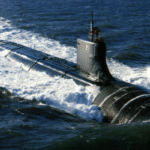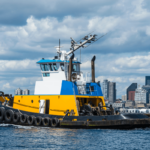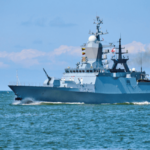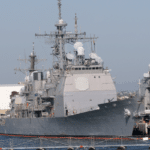What Are Bunker Ships?
Ships, especially the ones for intercontinental travel, traverse thousands of nautical miles from one port of call to another across large stretches of oceans. Moreover, ships are massive structures that require a lot of power to propel themselves after overcoming the values of resistance from the surrounding water, both as frictional as well as those arising from the wave phenomena constantly associated with seas and oceans.
Furthermore, as they must sail for days at a stretch, they presuppose a continuous power supply to cater to their diverse consumption requirements for operations, sustenance, and amenities. And whenever it comes to the expense of power for any reason, the one thing that immediately pops into mind is fuel or the supply source required. Thus, a vessel requires a lot of fuel to be stored in its fuel tanks throughout its voyage.
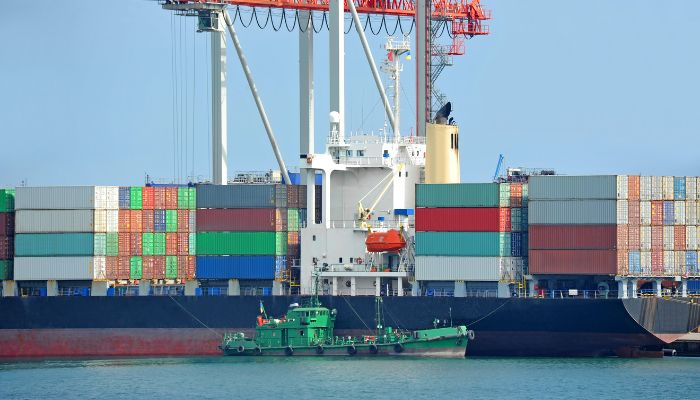
Now, when it comes to storage or reserve, there is never something called sufficient or safe. How about this simple yet exciting example?
You take your car out for a classic long road trip on a long weekend to some favourite destination. Before leaving, you top up your gas tank to its full capacity and start. You are confident that you will encounter numerous gas stations or petrol pumps/ gas stations where you can fill your tank anytime. But, suppose, out of callousness or the unpleasant and unexpected betrayal of your so-called reliable GPS map, you get lost and find yourself moving in circles on some unnamed dark road. Your tank is almost empty, and soon your car comes to a standstill!
To make things worse, your phone is also not within network coverage for seeking any help! Soon you may find a bear creeping out of nowhere and coming right in front of your window, or worse, a gang of thugs besieging your car, armed with guns and knives!
If your trip is long and you sincerely want to avoid these horrifying tales, it is wise enough to keep a barrel or, at least, a jar of fuel based on your car size and the span of your journey. The risks associated with any scenario should be considered based on the worst cases feasible. Of course, by the stroke of sheer bad luck, if you have multiple flat tires or a broken-down engine, then you can’t help it!
Similarly, ships treading long distances have a huge fuel consumption, as said. This consumption depends on several factors like ship type, size, length of voyage, route, weather conditions, etc. An average-sized cargo vessel consumes roughly over 100 metric tonnes of voyage per day en route its voyage.
For passenger ships, this value is higher for a same-sized vessel as they entail a very high requirement for power supply for catering to the passengers and amenities onboard, which in technical terms is said to be hotel loads. A large transcontinental passenger ship requires a few hundred metric tonnes of fuel to be expended daily! Similarly, a large crude oil tanker requires several hundred metric tonnes of fuel consumption, owing to its size and various onboard systems, like heating systems.
The fuel oil capacity and the corresponding tankage are decided at the primitive stages of the design by a designer based on factors like size or displacement, engine type, speed, and, most importantly, range. The range is the maximum possible distance from the shore a vessel can travel at full load and without refuelling at full capacity.
So, suppose a vessel has a design range R. In that case, it is permitted to travel to ports of call within a nautical radius of that particular range R. This estimation of a range is done during the design stage, also keeping in mind some margin of safety that keeps its value lower than what the vessel may be technically capable of travelling at total tank capacity.
The Concept Of Bunker Ships
While the tankage capacity of vessels is self-sufficient right from the design stages to operate within the given range of distance, situations of difficulty or exceptions are never unavoidable. A vessel during its design lifetime can be very much in need of urgent midsea refuelling.
The reasons can be myriad, like exhaustion of fuel due to extra expenditure or onboard loads, a detour from its scheduled route owing to inclement weather, rough seas or other safety concerns, the need to travel extra miles attributing to some difficult requirement, and most importantly, unexpected loss of fuel from a tank or tanks due to accidental damage or breach. Well, what can be done in such cases?
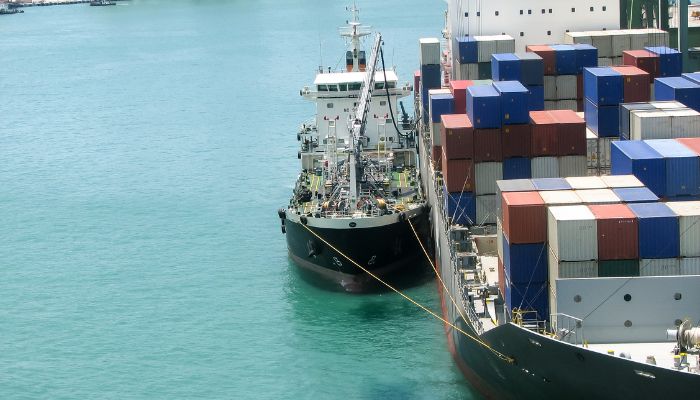
A vessel with a particular design value displacement cannot afford to carry excess fuel onboard. Though many designs have provisions for storing surplus or extra fuel tanks, all those are a part of the onboard capacity itself, and depletion of those is often considered a part of risk scenarios. So, the answer is the supply of fuel from external sources midsea. And when it comes to external sources refer to oil-carrying vessels that supply the fuel and are called bunker ships.
The concept is similar to midair jet refuelling for fighter, military, cargo, and even passenger aeroplanes when needed. Midair refuelling is a far more complicated process as this takes place at very high altitudes when both the supply and recipient aircraft are flying at such high speeds. It is also a considerably critical process in vessels, but it is comparatively easier as both vessels float on the same water surface. They can easily reduce their speeds or even come to a temporary halt during the refuelling process.
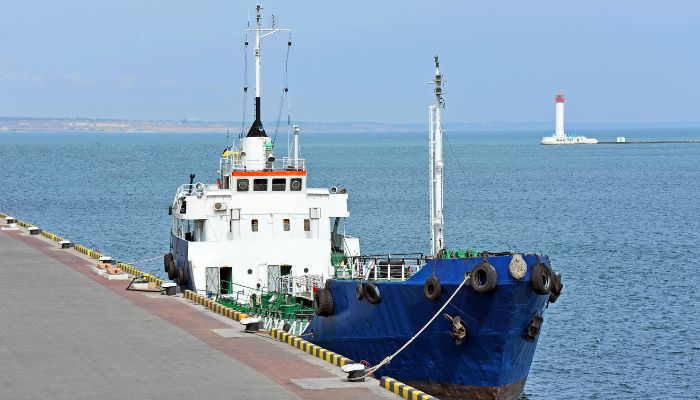
So, bunker ships are small tankers transporting and carrying bunker fuel used for ship propulsion. They can transfer fuel to a recipient’s vessel while on a voyage. One important point is that tankers transporting marine fuel oil for mass supply or distribution at ports are “not” bunker ships. Bunker ships transport marine or other associated fuels required for a vessel operation, like lubes, directly to a vessel.
Transferring these fuels to a sailing or afloat ship from its storage is known as “bunkering.” So, while bunker ships are widely used for midsea fuelling, they are used for fuelling ships at the shore or close to shore and where supplies may be scarce. The name bunker or bunkering can be traced back to the word “Bunk”, which has its roots in the Scottish dialect and refers to a reserve or something which is surplus.
The concept of bunkering was mainly predominant for warships, especially during the World Wars when the naval fleet all over the world was actively involved in maritime warfare or supplied and hence required to be continuously replenished with fuel for operation and service around the clock. Moreover, as many parts of the globe were then adversely struck by a disrupted supply of fuels, bunker ships were built and used extensively as short-term reserves to supply vessels with fuel when required.
However, the concept of ‘bunkering’ also ramified other commercial and passenger vessels. One recent instance where bunkering gained more prominence was during the COVID-19 pandemic when global supplies were badly bludgeoned everywhere, including fuel, and coupled with the ‘overconsumption’ of fuels reserves by the US and many European countries, tending to attend surplus self-sufficiency in the wake of the plunging barrel rates and increasing scarcity in tandem left several other maritime nations to seek other means like bunkering for temporary respite.
Also, during the ongoing Russian invasion of Ukraine, the two nations resorted to bunkering their naval vessels despite having a comfortable reserve self-sufficiency.
A Brief Glance At Bunker Ships
Bunker ships are designed and built as tankers where the fuel oils are stored in dedicated tanks. Often, they have systems for heating onboard, especially in colder climates. As they carry refined petroleum products, inflammability is always a risk, and thus special care is taken to prevent fire outbreaks.
Mostly they carry the common types of fuels used in vessels like HFO, Marine Diesel Oil, Gasoline, lube, and sometimes LNG for ships propelling on the latter for direct or hybrid propulsion. They have a well-designed network of pipings for loading the fuels and transferring them to other vessels.
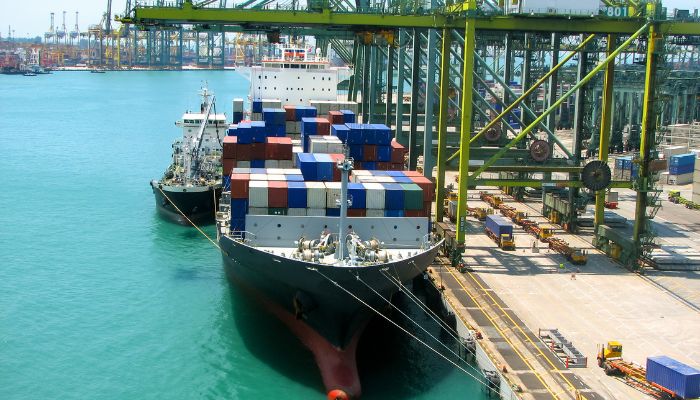
Bunker Ships are usually not very large, and their tankage capacities range from 2000 MT to 10000 MT for larger supplies. As they follow traditional tanker design, they are double hulls. They may have single or double-screw propulsion. Though hull forms may vary widely, they commonly have chined or spoon-shaped bows. The tank arrangements are highly important as they carry highly flammable fuels, especially for vessels carrying multiple variants of liquid bunkers that must be appropriately segregated based on flashpoints.
In naval terms, this bunkering process at sea is called Underway Replenishment. While refuelling, the alignment of the supply or bunker vessel and the recipient’s vessel can be side-to-side or longitudinal. The supply vessel may be positioned forward or aft of the receiving end.
You might also like to read-
- Fuel Oil Change Over Procedure for Ship’s Main and Auxiliary Engines
- What Procedure Does Master Follow For Handing-Over Of Ship’s Command?
- The Ultimate Guide to Fuel Oil Bunkering Process on Ships
- Different Types Of Sterns Used For Ships
- How To Reduce Bunker Spend Of Your Ships – 9 Important Points
Disclaimer: The authors’ views expressed in this article do not necessarily reflect the views of Marine Insight. Data and charts, if used, in the article have been sourced from available information and have not been authenticated by any statutory authority. The author and Marine Insight do not claim it to be accurate nor accept any responsibility for the same. The views constitute only the opinions and do not constitute any guidelines or recommendations on any course of action to be followed by the reader.
The article or images cannot be reproduced, copied, shared, or used in any form without the permission of the author and Marine Insight.
Do you have info to share with us ? Suggest a correction
Latest Type Of Ships Articles You Would Like:

About Author
Subhodeep is a Naval Architecture and Ocean Engineering graduate. Interested in the intricacies of marine structures and goal-based design aspects, he is dedicated to sharing and propagation of common technical knowledge within this sector, which, at this very moment, requires a turnabout to flourish back to its old glory.
Subscribe To Our Newsletters
By subscribing, you agree to our Privacy Policy and may receive occasional deal communications; you can unsubscribe anytime.




